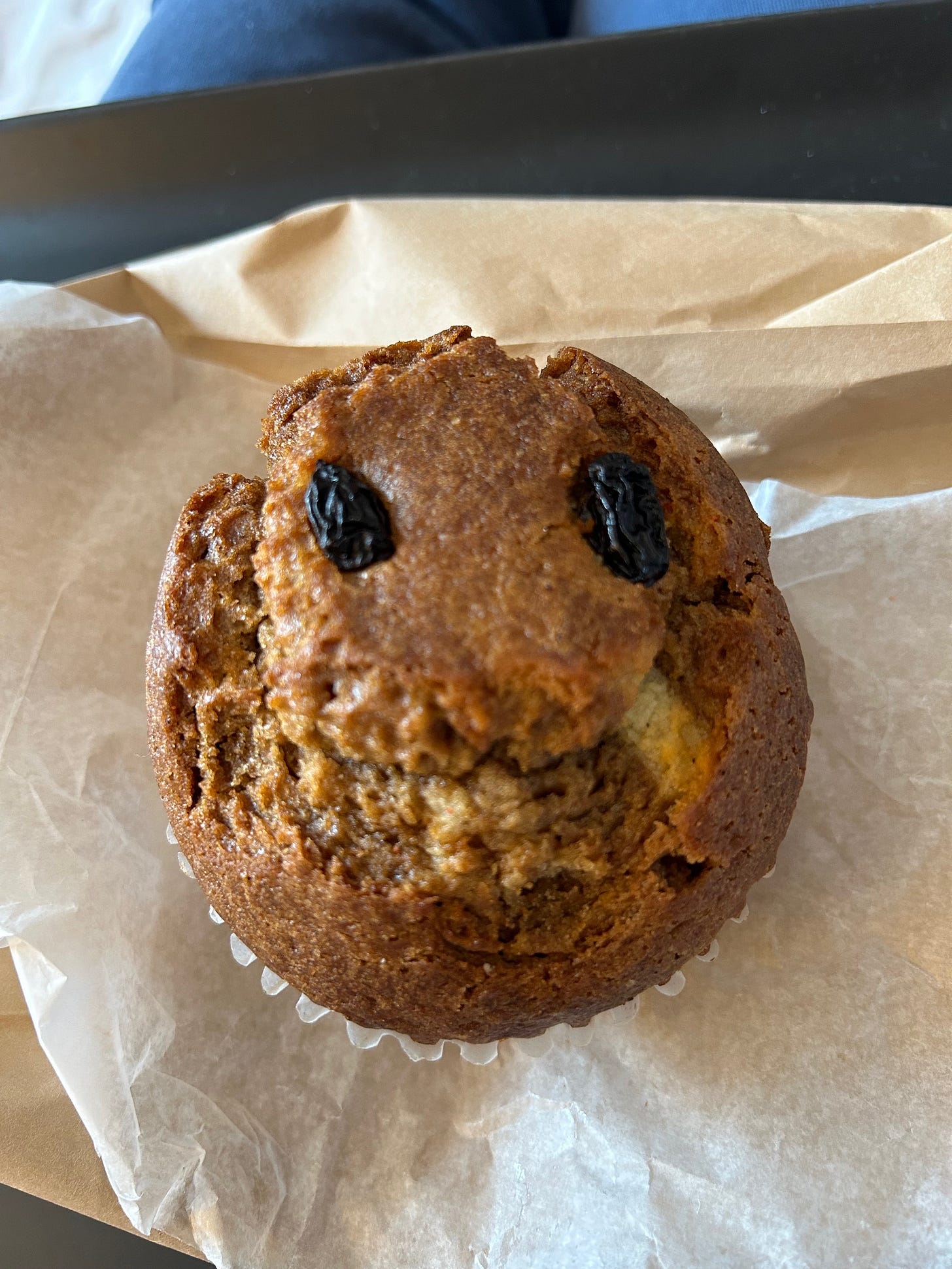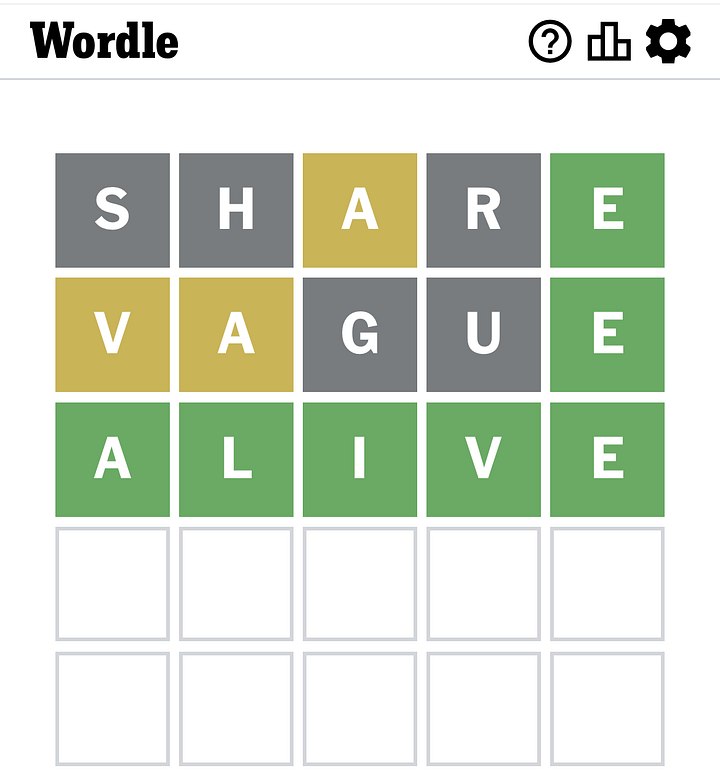Today is World Cancer Day, 2024.
A little over a week ago, I had a scan that confirmed I had been NED—no evidence of disease—for 18 months.
So, four days ago, I had surgery to remove the pump that delivered targeted chemotherapy directly to my liver. It’s been in my abdomen for almost five years, placed there by the surgeon at Memorial Sloan Kettering who told me that it held the promise of “years and years and years” when other oncologists were telling me they were hoping to keep me alive for a year or two.
The same surgeon who placed my pump removed it.
One of his residents stopped by beforehand to explain the procedure, describing how the catheters would be “dunked” (dunked?) back into my abdomen once they were detached from the pump. He told us the pump would go straight to pathology, which disappointed my husband, Per, who had hoped to get it back.
“Oh, I guess that means no Christmas ornament,” he said, resigned.
The resident, who had been following a (mostly) professionally rote script until then broke for a moment. “Whoa, no—it would be too gnarly.”

Then, before I had even stopped to consider the momentousness of the pump being removed, I was being walked back to the OR by the anesthesiologist. I recall telling him about by job leading the Working with Cancer initiative.
“Actually, there’s this commercial that’s really famous at MSK,” he started to say.
Already on a dose of something, I was excited to interrupt and tell him that’s the one, that was us, then struggled and ultimately failed to explain my connection as the anesthesia took over.
Waking up in recovery an hour or so later, I was surprised to feel the pain of the incision. Somehow, in not thinking too much about the surgery, I had also not expected much aftermath from it, despite the fact that it would require a four-inch incision.
Ouch.
When I was finally ready to stand and go to the bathroom, I became conscious of the strength of my core—newly obvious as I felt it separate and distinct from the wound, which really hurt. I pulled myself to sitting position almost on my own. “That’s new,” I thought to myself.
It wasn’t until after I returned to the bed that I allowed myself to touch my abdomen, below the incision and where the metal pump had been, and the impact of my own touch shocked me as my belly yielded to my own touch.
“I feel like myself again!”

The words formed in my head almost before I had a moment to be conscious of them, and it occurred to me that I’m not sure I had totally understood how much I had not felt like myself when I had the pump. After I became used to it, it didn’t bother me—until it did. And once it started to bother me, it felt like an increasingly tangible anchor, growing heavier and more taught with each step I tried to take away from my former self.
Suddenly, it got in the way of everything: from bear planks and belted dress pants to sleeping and sex.
“We usually wait for 18 months to 2 years to remove the pump, as that is when the risk of recurrence is decreased, but ultimately the patient knows best,” said two different doctors, each gently if clearly encouraging me to consider holding out for another six months.
“Great,” I replied. “I feel strongly that it is time for the pump to come out now.”
“Ok, well, that is why it’s a patient’s choice.”
“Yep! I’ve made it!” I responded cheerily, unmoved by this line of discussion (and also aware that the old me would have gladly delayed the procedure for another six months at the slightest whiff of a physician’s disapproval).

I left the hospital a few hours after the procedure, wincing as our cab hit every single pothole en route to our hotel. True to form, I felt reasonably ok the following day, and we caught a 5 pm flight back to Chicago. Also true to form, I felt a lot worse by the time I woke up on Friday: nauseated, foggy, and in pain. I still honored a few standing meetings knowing that it was the final lead up to World Cancer Day this weekend—and a moment to recognize what the Working with Cancer Initiative has become in the year since we launched it: with over 1,300 companies which have now taken the pledge, including a full 25% of the Fortune 500, impacting millions of people and countless individuals who have reached out to tell me exactly what their company’s pledge meant to them.

I gave some official head nods and direction, knowing both that I wasn’t at my best and that everything would be OK despite that. The most rewarding part of my job has long been assembling a team of people with the talent and skillsets to extend and elevate any vision I could imagine, and Working with Cancer has offered exactly that kind of privilege.
I’ve closed so many chapters over the past few months: my five-year cancerversary, the completion of my Strive for Five series; my one-year clear scans and then my 18-month clear scans; the first anniversary of Working with Cancer, and now the removal of my chemo pump, which feels more like anything to date like the closing of one part of my life and the start of another.
There’s something bittersweet about moving forward, knowing that beginning a new chapter means closing the previous one—and maybe it’s especially nuanced when you aren’t completely sure what will come next. But whatever awaits me, I feel a certainty in my heart: I am strong, I am healthy, I am stepping firmly and joyfully back into my whole true self.
Whatever comes next, I am ready.







Gina - Bravo to you getting your pump removed. I was hopeful we might run into each at MSK sometime - but we were like ships in the night. Maybe in the future in Chicago. A great milestone and an inspiration for all others in the battle - it's a hopeful story of beating it , but actually allowing yourself to keep moving past it.
Best Wishes
Robert Blake Ward
Thank you for sharing this - and your journey — with us all. I’m elated to read this post and hear how well you’re doing and all of the great work you’re doing. Amazing!